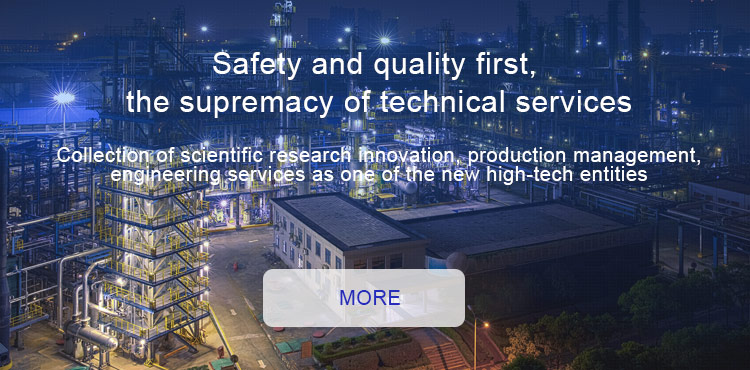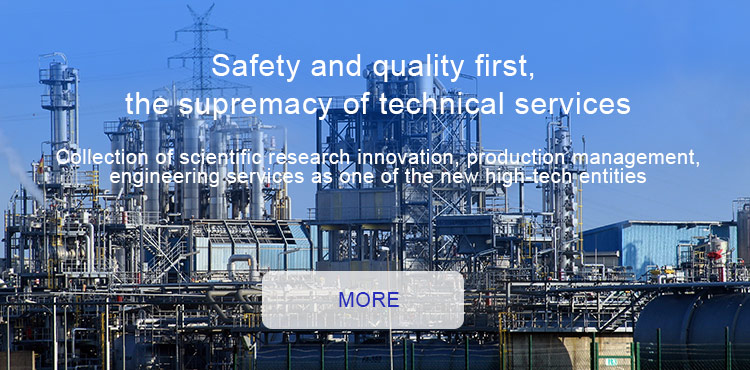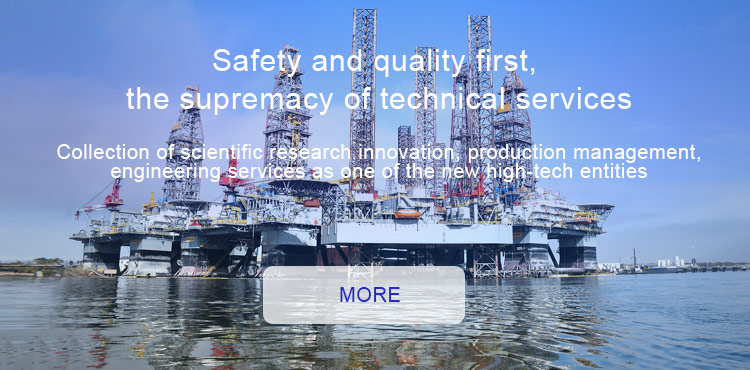How much money is needed to build a new integrated refining and chemical project in China? Billion? Ten billion? Hundreds of billions?
How much does it cost to build an integrated refining and chemical project? How high is the threshold? I’m chatting with you today. The following content integrates the views of some people in the industry. Welcome everyone to discuss. If there are any errors or omissions, please share your views and help correct them.
The petrochemical industry is a strong cycle industry, and its prosperity level is closely related to the economy and oil prices. As of 2020, there are 29,624 above-scale enterprises in my country’s petroleum and chemical industries, achieving main business income of 13.29 trillion yuan, total profit of 644.44 billion yuan, and completed fixed asset investment of 2.15 trillion yuan, down 5.9%, accounting for total industrial investment in the country 9.4%.
Among them, the expenditure on the construction of refining and chemical integration projects in fixed asset investment accounted for a large part, which was down year-on-year. It was also because the refining and chemical integration projects were launched in various places in the past few years, and the international situation in 2020 was turbulent, and the output of oil countries The impact of multiple factors such as a substantial increase and the expected decline in demand in the economic downturn.
The demand for refined oil in my country is relatively stable, while the quantity of refined oil produced by my country's petrochemical industry has increased sharply, resulting in oversupply and overcapacity. In 2020, the national output of refined oil will reach 93.35 million tons, a year-on-year increase of 2.8%. The consumption of refined oil reached 76.87 million tons, a year-on-year increase of 0.4%. So entering 2021, Process Jun would like to take inventory with you, build a new refining and chemical integration project, which process equipment needs to be built, and the capital situation.
atmospheric decompression
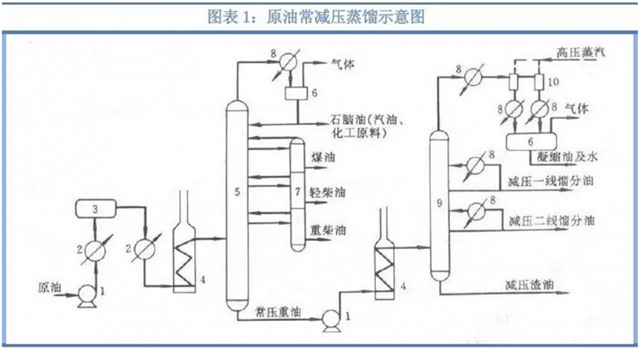
First, let's take a look at the source of the oil refining unit-the atmospheric and vacuum unit (distillation unit or oil head).
Atmospheric and vacuum equipment mixes different types of crude oil for processing, cutting and separation tasks. There is no reaction process in the operation of the atmospheric and vacuum equipment, which is a pure physical separation.
The main equipment includes electric desalination, atmospheric tower, decompression tower, heating furnace, heat exchange system, overhead gas compressor, mechanical pump, etc. The destination of the cut materials includes catalytic cracking/hydrocracking, catalytic reforming, delay Coking and product refining equipment, etc.

In terms of the amount of equipment, an atmospheric and vacuum capacity of 10 million tons/year will require an investment of approximately 800 to 900 million yuan, and an atmospheric and vacuum capacity of 15 million tons/year will require an investment of 10 to 1.2 billion yuan.
catalytic cracking
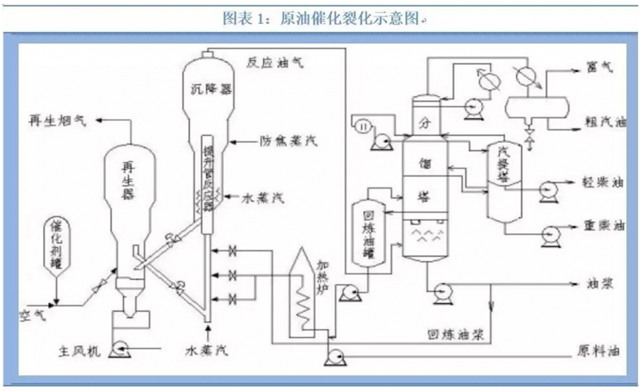
In the past, catalytic cracking was the highest device in the refinery, because its process and control were relatively complicated, and it was also a key device for the production of gasoline and diesel in the refinery. Therefore, in the past years, many leaders in refineries were born in catalytic cracking.
The main equipment of the catalytic cracking unit probably includes the reactor system, fractionation stabilization system, three machines, heat exchange system, mechanical pump, waste heat boiler and so on. Its main raw materials come from atmospheric and vacuum equipment and coking equipment, and the semi-finished gasoline and diesel produced will be used as raw materials for downstream gasoline and diesel refining equipment. A small part of the catalytic oil slurry is generally recycled, and the rest is used for coking to produce coke.
FCC has different process packages and catalyst combinations. According to different design conditions and scales, FCC ranges from several hundred thousand tons per year to several million tons per year.
In terms of equipment value, a scale of more than 1 million tons/year requires 6 to 7 billion yuan, and a scale of several million. For example, a catalytic cracking of more than 3 million tons/year will cost 10 to 12 billion yuan, more than 500 yuan. 10,000 tons/year, with a capital scale of about 1.5 billion and above.
catalytic reforming
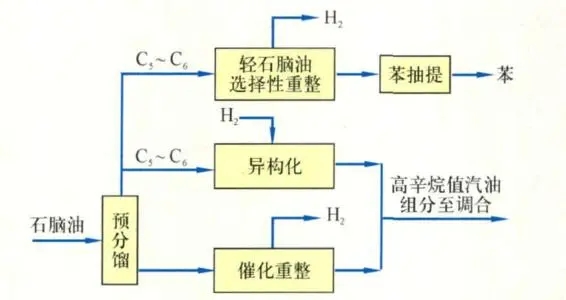
Catalytic reforming can convert naphtha into high-octane gasoline blending components, or extract benzene, toluene and xylene by aromatics extraction, and by-produce cheap hydrogen. With the upgrade of gasoline and diesel in the five countries and six countries, reformers are now more popular. The reforming unit is mainly composed of raw material pretreatment, reforming reaction, aromatic extraction, aromatic separation and other parts.
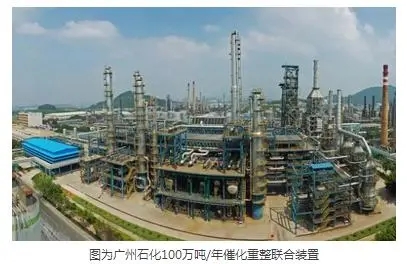
n the reaction part, it is divided into fixed bed, moving bed, etc., in the process, it is divided into semi-regeneration and continuous regeneration. Of course, the necessary equipment includes heating furnace, pump, cold exchange system, compressor system, etc.
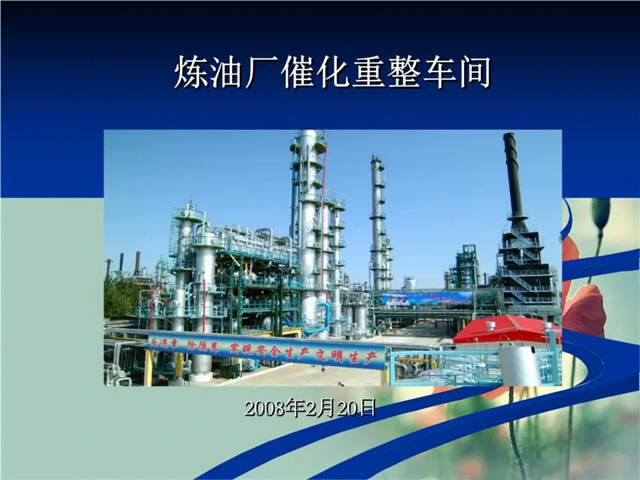
In terms of the amount of equipment, the scale of more than one million tons, depending on the choice of process, generally requires an investment of 800 to 1.2 billion. For a scale of more than two million tons/year to more than three million tons/year, about 1.3 to 1.8 billion yuan will be invested.
delayed coking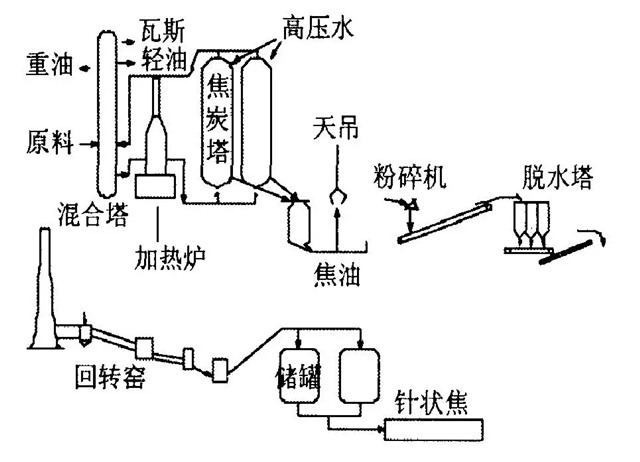
The coking process is relatively simple. The equipment includes heating furnace, coke tower, fractionation system, heat exchange system, compressor and mechanical pump. Its raw materials mainly include straight-run residue, reduced-viscosity residue, hydrocracking residue, cracked tar and recycled oil, asphalt, deasphalted tar and other raw materials. Due to the poor nature of the raw materials, coking units are often referred to as refinery trash cans. The title.
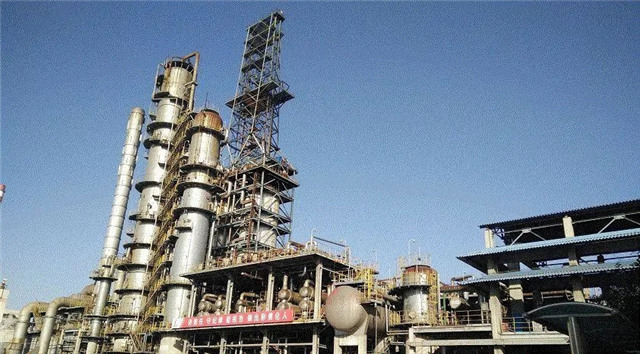
In terms of the amount of equipment, the investment of a coking unit, with a scale of 1 to 1.5 million tons, generally requires about 300 to 400 million yuan.
Hydrofining
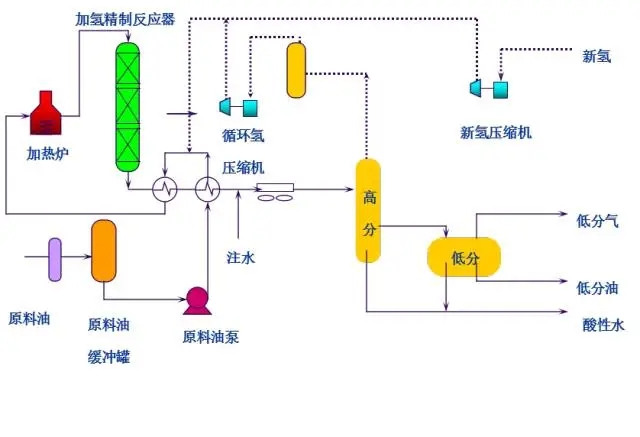
With the increasingly stringent requirements of the National VI for sulfur content and other impurities, the hydrorefining unit is now more important. Most of the domestic refineries use the technology of the Fuyan Institute or the Petrochemical Institute, as well as the technology of the Petrochemical Institute, and some companies use AXENS PrimeG or PrimeD, or UOP process packages and catalysts.
The process of the product hydrogenation unit is relatively uncomplicated, mainly the performance of the catalyst.
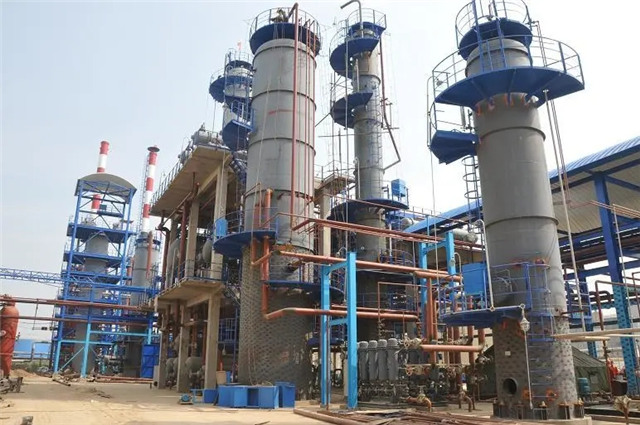
In terms of the amount of equipment, the scale of its equipment is mainly matched with the processing capacity of the entire refinery. The scale of small enterprises is less than one million, and the scale of large enterprises can reach two to three million. The investment ranges from 200 million to 400 million. It ranges from 500 million yuan, compared with other types of devices, the investment pressure is not great.
Hydrocracking
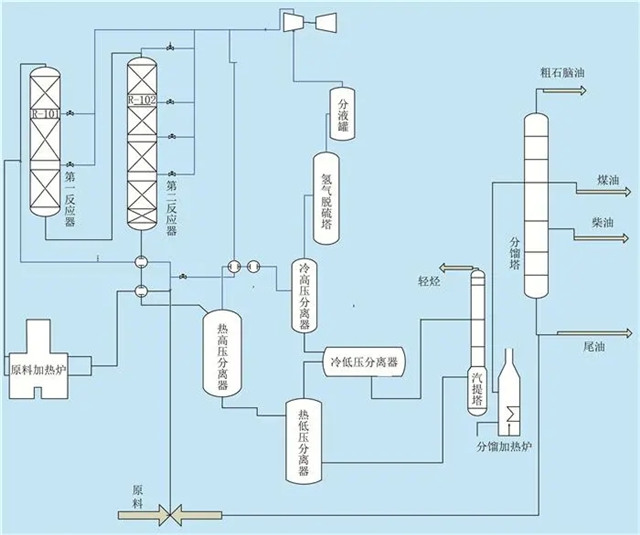
Compared with catalytic cracking, hydrocracking takes a high-level route. It also eats wax oil like catalytic cracking, but hydrocracking can directly produce qualified products, but in comparison, there is more investment. In the early years of domestic construction, there were more catalytic cracking units and relatively few hydrocracking units. The current situation is slowly changing.
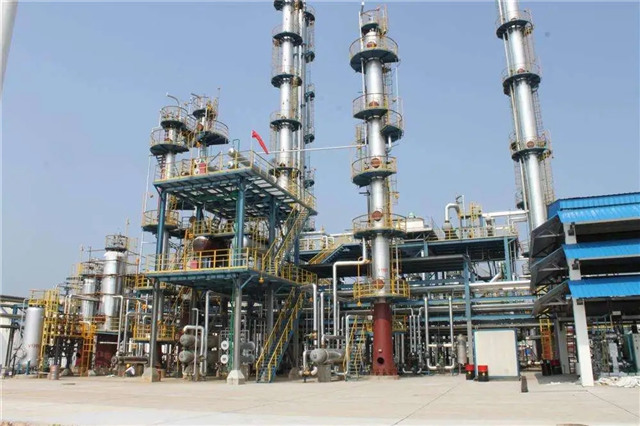
In terms of the amount of equipment, the scale of hydrocracking also ranges from several hundred thousand to one or two million. Nowadays, the scale of newly-built hydrocracking units is generally over one million, and the investment starts at one billion.
Residue Hydrogenation
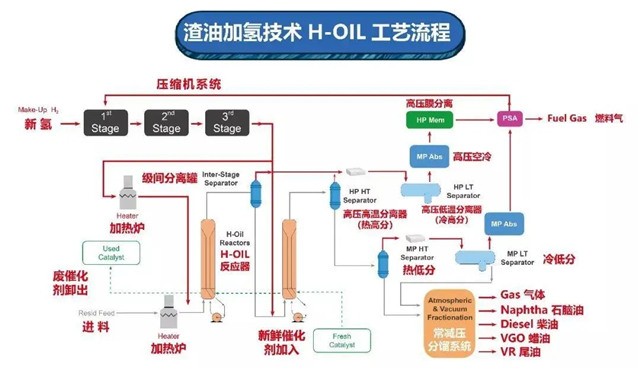
Residual oil hydrogenation is now a sweet pastry. With residual oil hydrogenation, in the past, the residual oil could only be used to produce worthless coke. Now it is possible to lighten the residual oil, and then process the lightened residual oil. , Making it more valuable gasoline and diesel.
In this field, both the Fuyan Research Institute and the Stone Research Institute in China have their own technologies. Foreign companies such as KBR and UOP are also eyeing the domestic market.
In terms of process packages, residue hydrogenation is divided into fixed beds, fluidized beds, slurry beds, etc. Different process packages have different processing equipment and catalysts.
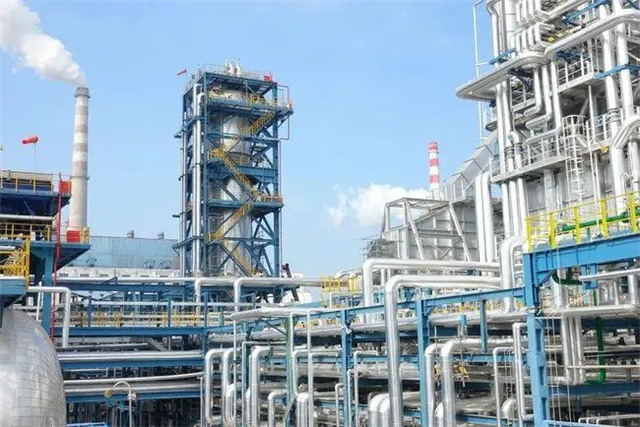
In terms of the amount of equipment, the hydrogenation of 2 million tons/year of residual oil requires a range of 1.1 to 1.5 billion yuan. A larger scale requires more funds. If a residual oil hydrogenation of more than 5 million tons is built, An amount of more than 25-30 billion yuan is required.
As for the slurry bed and ebullating bed other than the fixed bed, because the process is more complicated and the requirements for equipment and catalyst are higher, the residual oil hydrogenation of the same scale, the investment is several hundred million higher than that of the fixed bed.
Gasoline Adsorption Desulfurization

Gasoline adsorption desulfurization, also known as S Zorb, is a patented technology of Sinopec’s purchase of ConocoPhillips. Sinopec’s scientific research and design units, based on the Petroleum Institute, SEI and Luoyang Institute, have continued to use this technology in process, equipment and catalysts. Continuous improvement has solved many technical problems, and now the adsorbent can also be produced by itself.
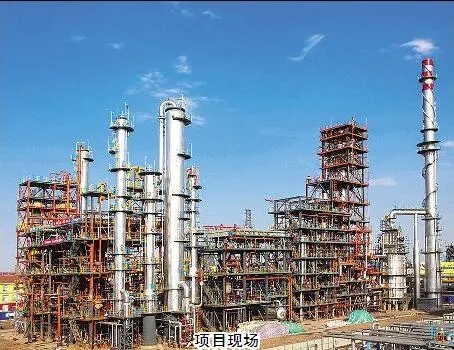
The S Zorb plant has the shadow of catalytic cracking and catalytic reforming in the process. Relatively speaking, the control is more complicated. Sinopec has been constantly exploring the operation mode of the S Zorb plant. For this reason, it also specially launched the Sun Tonggen operation of Jinling Petrochemical. The law is promoted throughout the system.
In terms of the amount of equipment, a device of 1 to 1.5 million tons can be settled at about 200 to 300 million.
Alkylation
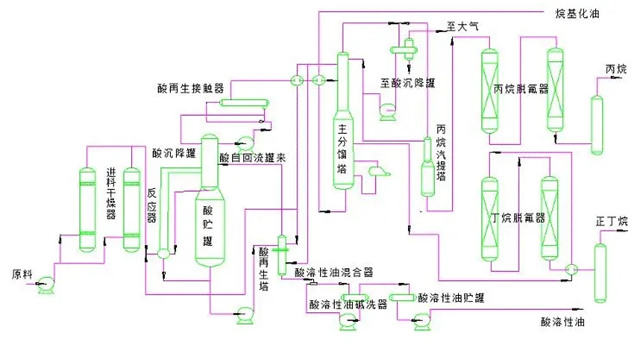
Alkylation is the protagonist in the National Sixth gasoline upgrade, and it has been very hot in the past two years. Alkylation units have the most changes in processes and catalysts among all refining units. It is understood that there are roughly ten alkylation patents worldwide.
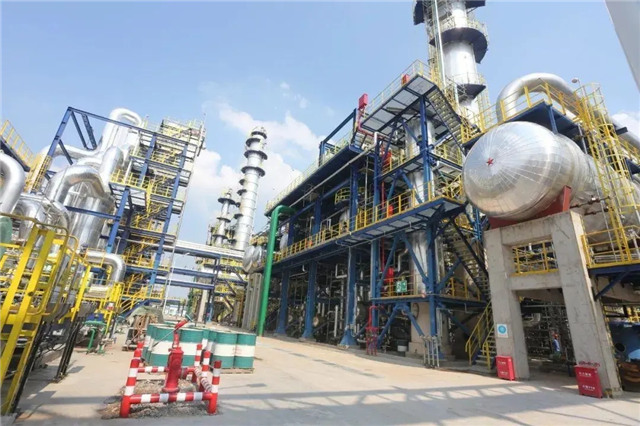
In terms of the amount of equipment, the investment of the alkylation unit varies greatly depending on the process package. But in general, a device with a scale of 200 to 500,000 tons requires an investment of 300 to 700 million.
Sulfur Recovery
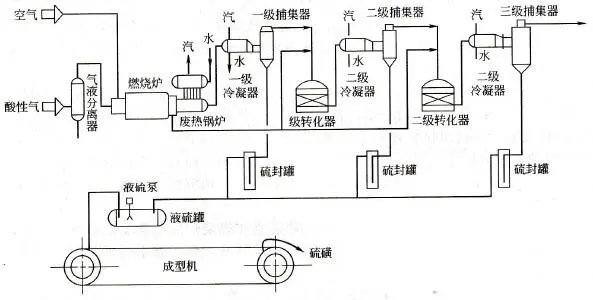
Sulfur and gas separation, hydrogen production, MTBE are also called four sub-categories of refinery enterprises.
Sulfur recovery and tail gas treatment equipment is mainly composed of acid gas pretreatment, Claus sulfur production, tail gas treatment, tail gas incineration, liquid sulfur degassing, liquid sulfur transportation (forming), and the commonly used technology is Claus ( CLAUS) direct-flow and split-flow processes. Compared with sulfur recovery, there are many tail gas treatment processes.
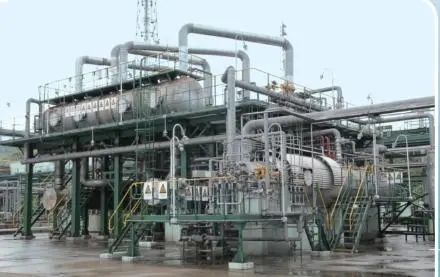
Domestically, Qilu Petrochemical Research Institute is relatively strong in sulfur recovery catalysts and complete sets of sulfur recovery technologies. The sulfur flue gas SO2 emission concentration using its technology can be greatly reduced to below 100 mg per cubic meter. This technology has been installed in more than 200 domestic installations. The application eliminates the problem of environmental protection emission and realizes environmental protection and clean production.
In terms of the amount of equipment, the investment in the combined sulfur recovery unit varies according to its scale, with an investment of 100,000 to 300,000 tons per year ranging from 300 to 500 million.
Gas Fractionation

The gas separation unit is generally designed for catalytic cracking. The production method adopts the general distillation separation method for precise separation to produce higher purity propylene, propane, isobutylene fractions and butene-2 and carbon-5 products.
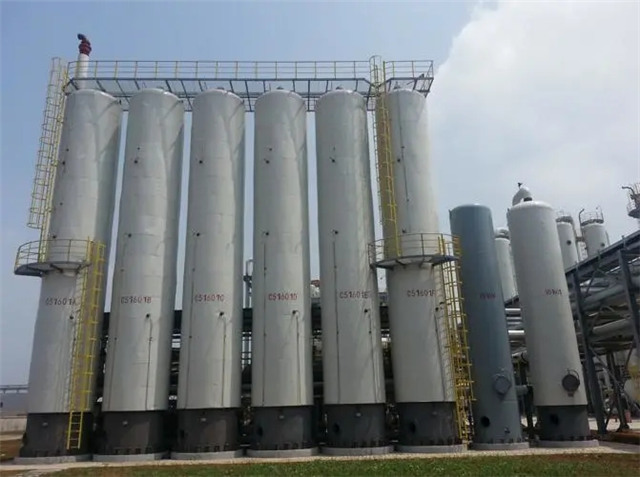
The amount of equipment ranges from tens of millions to one hundred million for the scale of hundreds of thousands of tons, and one to two hundred million for the scale of more than one million tons.
Hydrogen Production Process
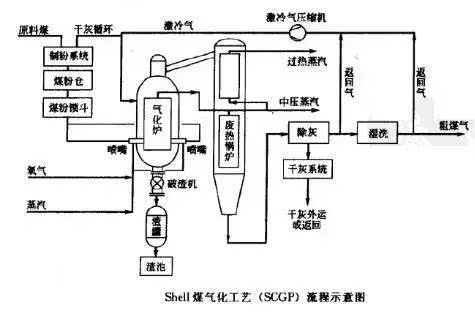
Hydrogen production equipment depends on whether it uses catalysis, coking dry gas to produce hydrogen, coal to hydrogen or natural gas to produce hydrogen. Hydrogen production using catalysis and coking dry gas as the main raw material is a commonly used process in the past.
The scale of hydrogen production plants generally ranges from tens of thousands to hundreds of thousands of standards, and the investment is generally in the range of tens of millions to more than one billion.

With the construction of large-scale domestic refining and chemical integration projects in recent years, and the country’s increasingly strict requirements for product quality upgrades, the amount of hydrogen used in refineries and the quality requirements are also advancing with the times, so in recent years, hydrogen production The aspect is gradually moving towards the use of coal to produce hydrogen or natural gas to produce hydrogen.
In terms of the amount of equipment, the 100,000 standard is about 800 to 1 billion yuan, and the investment over 200,000 standard is more than 2 billion.
Aromatics Unit
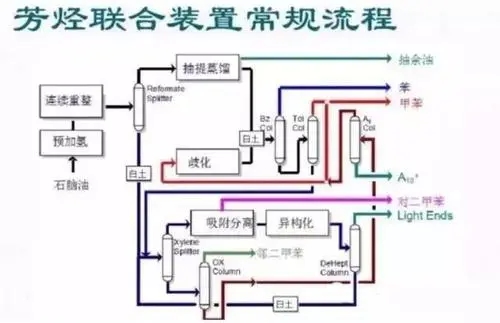
Aromatics plant is another way to resolve refining capacity. Aromatics are important organic synthetic raw materials, mainly used to prepare intermediates for plastics and polyester fibers, as well as raw materials for coatings, dyes and pesticides. In recent years, the downstream textile and chemical fiber giants in Jiangsu and Zhejiang such as Hengli, Rongsheng, Hengyi, Shenghong and other enterprises have expanded upstream, basically taking the aromatics route.
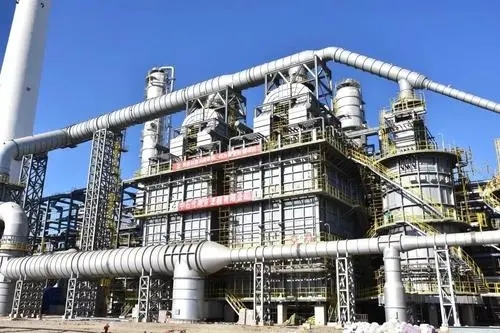
At present, whether it is in terms of million tons of ethylene or in terms of complete aromatics technology, my country has made breakthroughs and will no longer be controlled by others.
In terms of the amount of equipment, 1 million tons/year of aromatics combined is about 4~5 billion, and 2 million tons is about 10 billion. Hengli Petrochemical on Changxing Island in Dalian, the aromatics scale has reached 4.5 million tons per year, and the investment is even greater.
Ethylene Plant
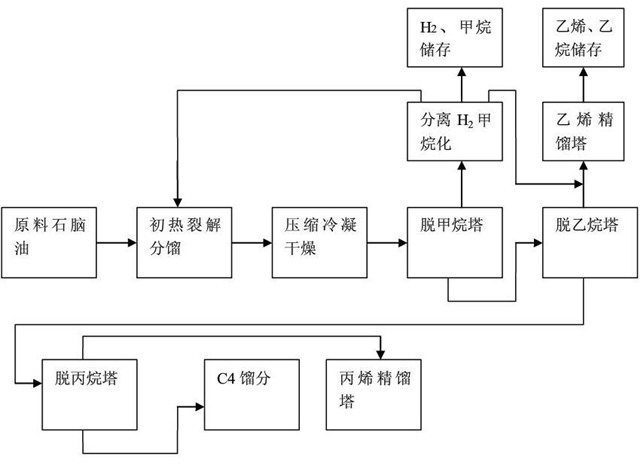
At present, the domestic oil refining capacity is rapidly surplus, so many companies have begun to expand downstream. Among them, ethylene is an important option. Ethylene is mainly used to produce polyethylene, vinyl chloride, polyvinyl chloride, ethylene oxide, acetic acid, ethanol, and acetaldehyde. , Ethylene glycol, styrene and ethylene-propylene rubber, etc., various olefins and aromatics are mainly produced by ethylene plants.
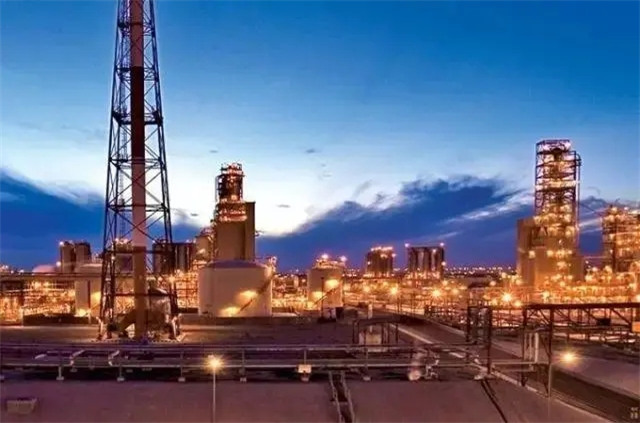
While producing ethylene, it produces a large number of by-products: propylene, butene, butadiene and arylene (benzene, toluene, xylene), which are the main source of basic raw materials for the petrochemical industry and an important profit point for refining and chemical enterprises.
In terms of the amount of equipment, the total investment for an ethylene plant of 800,000 to 1 million tons per year is roughly 20 to 30 billion.
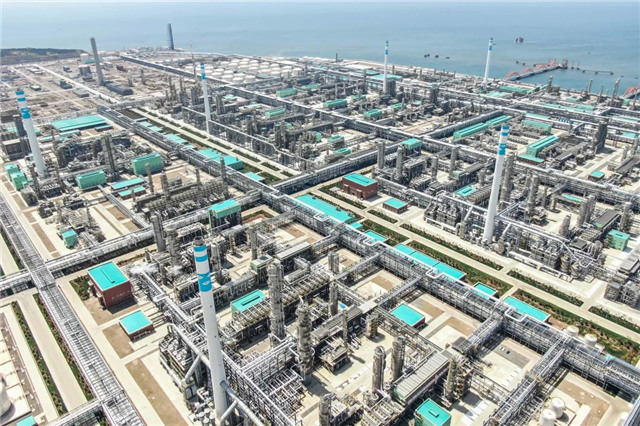
The so-called refining and chemical integration is the establishment of a combination of refining and chemical companies. The process of the company's comprehensive integration of refining, chemical and refined oil marketing, the core of which is to achieve the integration and optimization of factory processes and overall layout. Separate mode from refining and chemical, refining and chemical integration has three main advantages.

Refining and chemical integration is developing from traditional simple integration to deep integration
My country's refining and chemical integration has experienced a loose integration stage, a tight integration stage and a full integration stage. Nowadays, refining and chemical integration is developing from the simple integration of traditional oil refining to provide raw materials for ethylene, to the deep integration of refining and chemical industry, and the use of refinery equipment to continue to produce ethylene and polyolefin products based on the production of gasoline and diesel. In addition to the traditional model of ethylene integration, my country has successively developed multiple integration models such as the integration of refining and aromatics, the integration of refining and ethylene and aromatics, and the integration of refining and power generation steam. Refining and chemical enterprises have shifted from mass production of refined oil and bulk petrochemical raw materials to more high-value-added oil products and high-quality petrochemical raw materials.
The Chinese government requires that new refining projects must be constructed in accordance with the integrated refining and chemical layout, and strictly control new refining capacity, promote the withdrawal of backward and inefficient refining capacity, and encourage the development of new chemical materials and specialty chemicals.
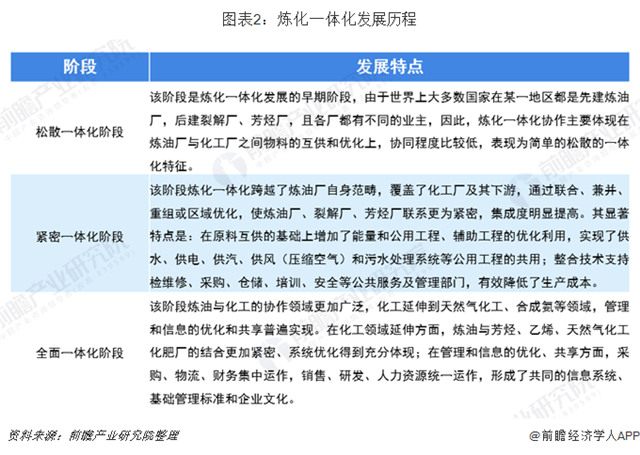
Picture During the 13th Five-Year Plan period, seven petrochemical industrial bases were newly planned, and the refining and chemical industry became a trend in parks. During the 14th Five-Year Plan period, large-scale refining and chemical projects were still the focus of development.
China's refining and chemical integration enterprise market is generally large, and most of them are large and medium-sized enterprises. At present, from the perspective of business entities, my country has formed a competition pattern with diversified market players such as CNPC and Sinopec, CNOOC, ChemChina, Sinochem, China Weapon, local oil refining, foreign capital and coal-based oil companies.
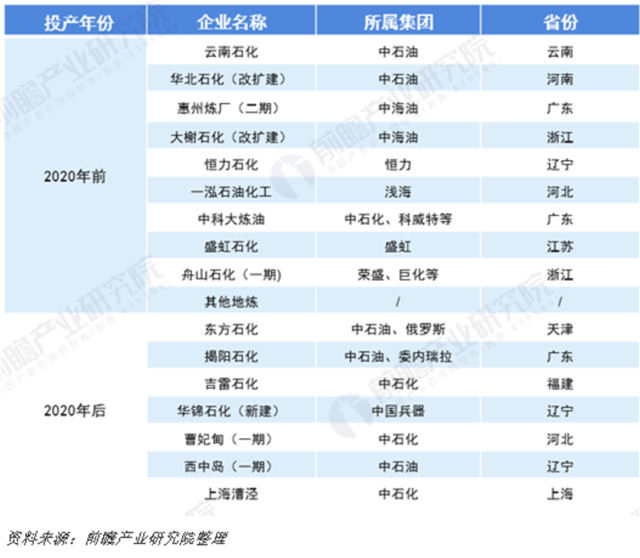
With the gradual transformation of the global energy structure, the growth rate of oil demand has slowed down, and the demand for petrochemical products has accelerated. Refining and chemical integration has become an important development strategy for the petrochemical industry.
Refining and chemical integration has evolved from a simple and decentralized integration to a comprehensive and close integration of mutual supply of refining and petrochemical materials, energy resources and public engineering sharing, and has become a domestic and foreign refining enterprise to optimize resource allocation and reduce investment and production costs. , The strategic choice to enhance the added value of products, accelerate the transformation and upgrading, and improve the profitability.

